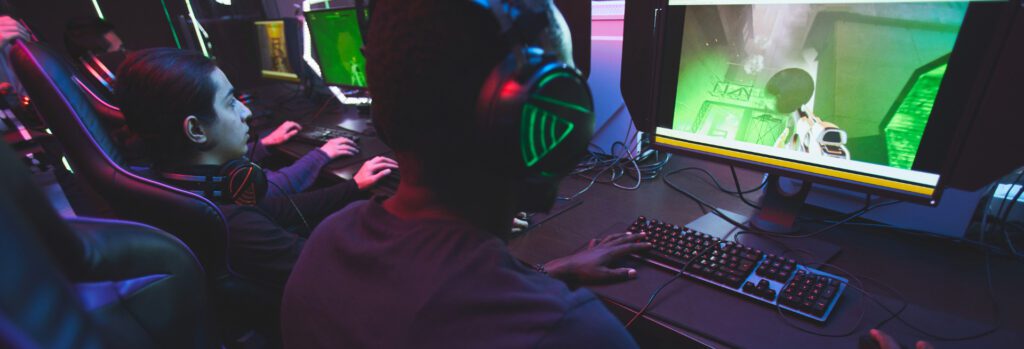New Clean Hydrogen Tax Credit on the Horizon
A new tax credit, the clean hydrogen tax credit, may be on the horizon for businesses that invest...

Ray tracing is a technology that simulates the physical behaviour of rays of light, and their reflections and interactions with the environment. This offers a substantial betterment at the level of the emulation of lighting, therefore resulting in more realistic and visually pleasing 3D rendering. This technology, however, is by no means brand new. In fact, it’s been used by CGI since decades ago in the film industry. A limitation faced at that point was the latency associated with the rendering of frames using ray tracing, as each frame could take hours or even days to fully render. Therefore, ray tracing in real time has been beyond the scope of our imagination for that very reason for decades.
When we talk about real time graphics rendering, the main industry affected is the video game industry, as games render their graphics while the user plays, and not beforehand like movies. Since ray tracing hasn’t been usable in real time, video games were forced to find alternatives at the level of light source emulation. The main method used to achieve that is the use of static light sources, where the GPU (Graphic Processing Unit) has to go and compute the static light’s behaviour with other objects. This yielded great results over the years as the technology advanced, and gamers were satisfied with the quality they were presented with.
However, in recent years, NVIDIA was able to develop GPUs able to render multiple frames per second with ray tracing enabled. This advancement made the dream of gaming with ray tracing lighting a reality. Calling this technology perfect would be perfect, as the first ray tracing graphic cards, the RTX 20XX, did not perform up to NVIDIA’s expectations. However, work continued with the goal of improving the performance of ray tracing GPUs, and the positive results showed themselves in the form of the new RTX 30XX cards that NVIDIA created, which can now let you game with ray tracing on at resolutions of up to 4K. In fact, these advancements are not privy to NVIDIA alone, as AMD cards are now also offering viable and satisfying ray tracing solutions, and the new generation consoles have included the technology in their new features.
Now that we know that real-time ray tracing is indeed an option, is it worth the trouble and the price? This is not the easiest question to answer, mainly due to the subjectivity associated with it by definition. If by asking the question, we mean to say “is there a substantial improvement?”, then the answer is quite simple. Here is a side by side comparison:

The improvement here is quite obvious, so much so that there is no need to precise which one has ray tracing on, anybody reading this article can realize it is the picture on the right. Now, everybody would get to decide whether this improvement is worth the extra price out of their own pocket. The decision might not be an easy one, because throughout the many years that gaming had to develop its own lighting procedures, the quality improved to the point where it is closely comparable to ray tracing, which makes it a completely understandable choice to not go the extra mile, if the non-ray tracing graphics are good enough.
However, one must not forget that ray tracing still comes at a cost at the level of performance too. As the number of rays simulated increases, the frame rate decreases, which can be a deal breaker for many games. NVIDIA developed solutions such as de-noising and Deep Learning Super Sampling (DLSS), which helps reduce the number of rays needed to maintain a good frame rate, but that also depends on the quality (and therefore price) of the GPU being used.
At this level, a good Scientific Research & Experimental Development (SR&ED) project would be to work on increasing the rays simulated and/or increasing the frame rate, or ideally both. An even more challenging project would be to sustainably use ray tracing in extremely high resolution such as 8K.
A multitude of SR&ED opportunities open up in this area now that this technology is on the rise, and while it’s not a suitable and affordable solution for all gamers. If you want to know more about the SR&ED Tax Credit, reach out to our team today for free!
Explore our latest insights
More arrow_forward
A new tax credit, the clean hydrogen tax credit, may be on the horizon for businesses that invest...

The Clean label has transitioned from trend to a lifestyle placing pressure on the food and bever...

The Industry 4.0 represents a blend of two industries: information technology and manufacturing. ...

Provincial governments are slowly unveiling their provincial budgets outlining fiscal strategies ...